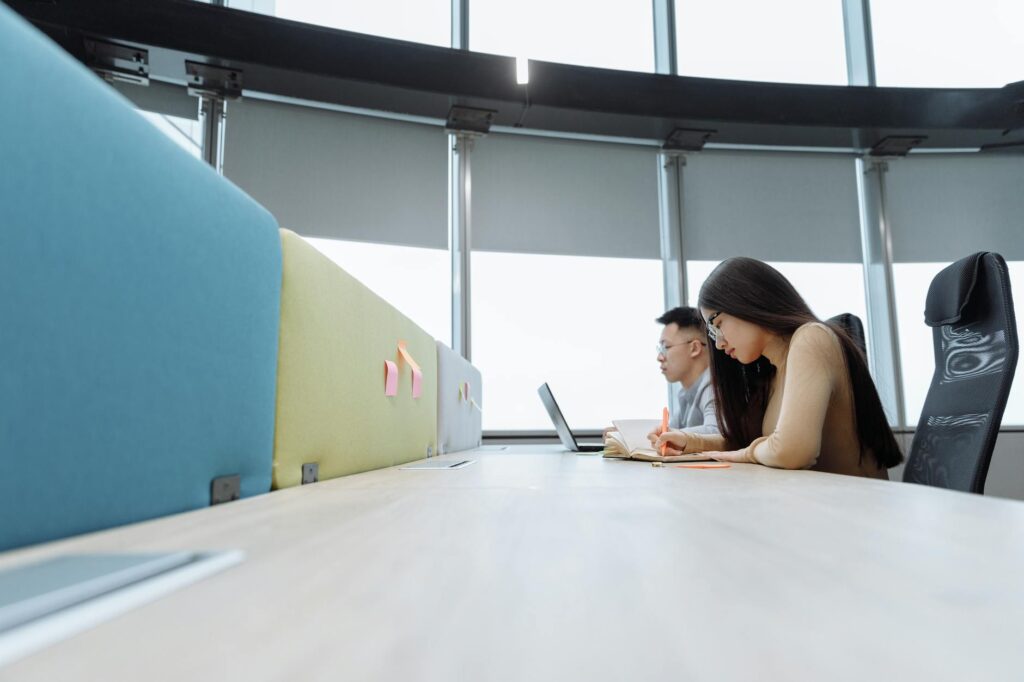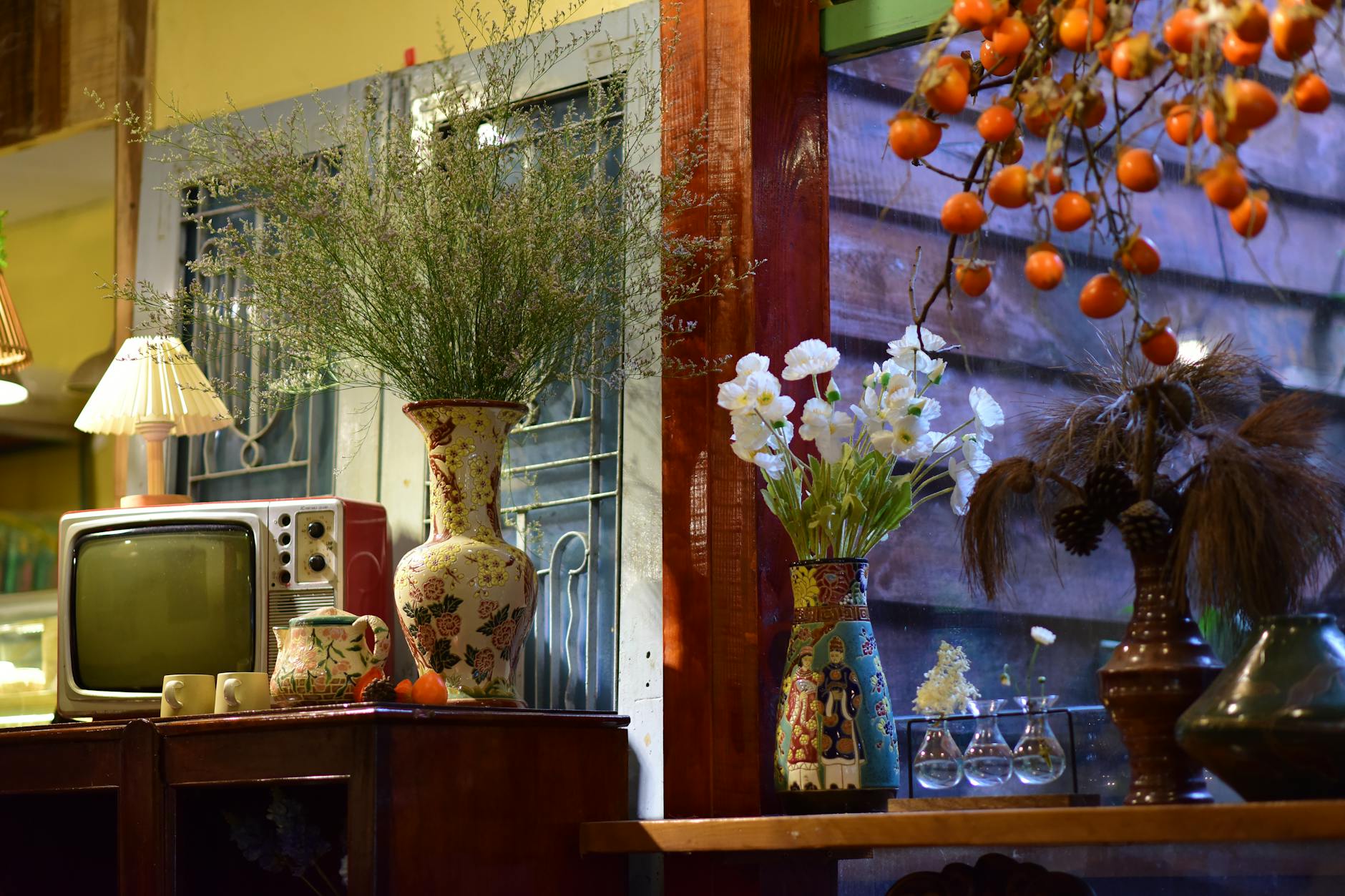Mirrors are more than just reflective surfaces; they’re powerful design tools that can dramatically alter the perception of space. Used strategically, mirrors can make even the smallest room feel open, airy, and significantly larger. This guide explores effective techniques to leverage the power of mirrors for a spacious illusion.
Understanding the Illusion
The magic of mirrors lies in their ability to create the illusion of depth and light. By strategically placing mirrors, you essentially double the visual space, making a room appear twice its actual size. This effect is particularly potent in smaller rooms where space is at a premium. 
Choosing the Right Mirror
Not all mirrors are created equal. The size and shape of your mirror significantly impact its effectiveness. Larger mirrors generally create a more pronounced sense of spaciousness. Consider the overall style of your room when selecting a mirror; a modern room might benefit from a sleek, rectangular mirror, while a more traditional setting might suit an ornate, antique-style mirror. You can find great selections at stores like Wayfair and Amazon.
Strategic Placement for Maximum Impact
Placement is key. Placing a mirror opposite a window is a classic technique. This doubles the natural light and creates a sense of depth, extending the view beyond the wall. For more tips on optimizing lighting, check out our guide on Improving Room Lighting. 
Mirrors and Light: A Winning Combination
Mirrors work best when combined with adequate lighting. A well-lit room reflects more light, enhancing the feeling of spaciousness. Consider placing your mirror near a light source – whether it’s a window, a lamp, or an overhead fixture – to maximize its reflective properties. Consider using layered lighting, as described in our post on Lighting Techniques for Small Spaces.
Using Multiple Mirrors
Don’t limit yourself to a single mirror. Using multiple smaller mirrors strategically can create a more dynamic and visually interesting effect. However, avoid placing too many mirrors in close proximity, as this can create a disorienting or overwhelming feeling. 
Beyond the Wall: Creative Mirror Uses
Mirrors can be used creatively beyond just hanging them on the wall. Consider using a mirrored furniture piece, such as a mirrored console table or dresser, to add both functionality and a sense of spaciousness to your room. You can explore different options at Pottery Barn.
Working with Different Room Shapes
Adapt your mirror placement to suit the shape of your room. In narrow rooms, consider placing a large, vertical mirror along one of the longer walls to create a sense of length. In square rooms, you may want to use a combination of mirrors to enhance the room’s overall dimensions. Refer to Decorating Tips for Small Rooms for more ideas.
Frame and Style Considerations
The frame of your mirror can either complement or detract from its ability to make a room look bigger. A simple, sleek frame is ideal for minimizing visual clutter and maximizing the sense of spaciousness. However, an ornate frame might work in a more traditional setting.
In conclusion, mirrors offer a versatile and effective way to transform the look and feel of a room. By carefully considering placement, size, and lighting, you can effortlessly create the illusion of more space and make your room appear much larger than it actually is.
Frequently Asked Questions
What size mirror should I use? The larger the mirror, the greater the effect on making the room feel bigger. However, it should be proportionate to the room’s size.
Where is the best place to put a mirror to make a room look bigger? Opposite a window is ideal, as it reflects natural light and creates depth.
Can I use multiple mirrors? Yes, but avoid overcrowding the space. Use them strategically to enhance specific areas.
What type of mirror is best for maximizing space? A mirror with a simple frame and large reflective surface generally works best.
What if I have a dark room? Ensure you have adequate lighting to maximize the mirror’s reflective properties. Consider adding more light sources.





